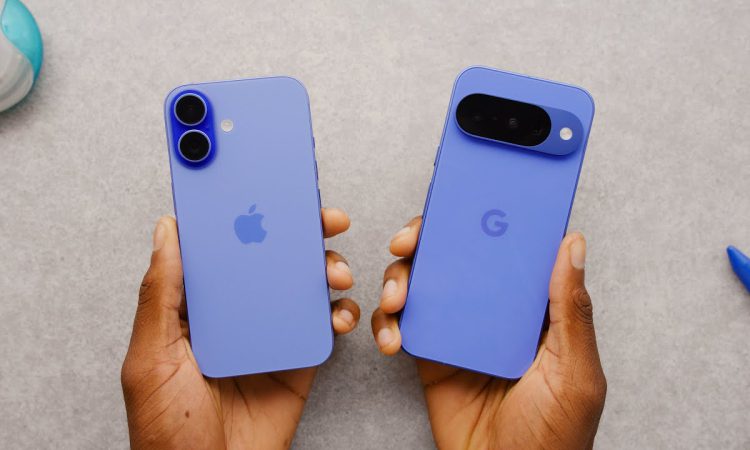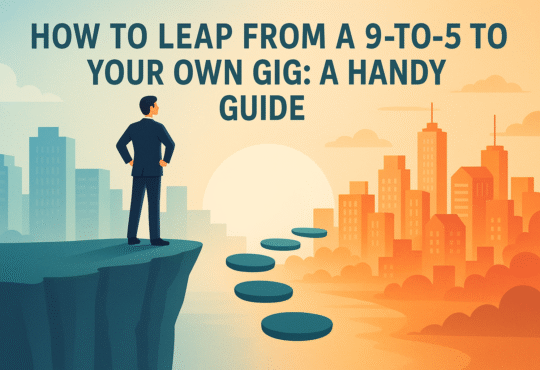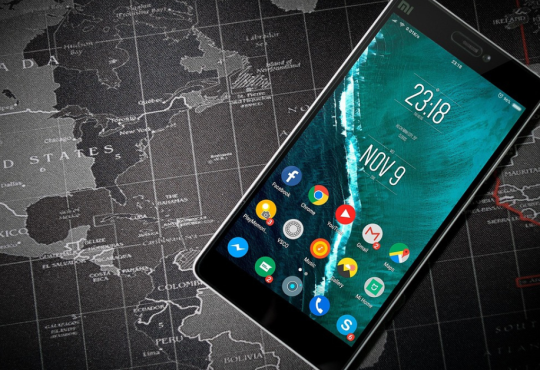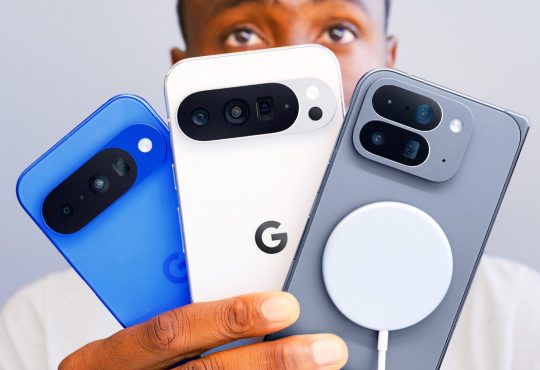The High Cost of Switching: iPhone to Pixel – A Human Perspective

<?xml encoding=”UTF-8″>
The High Cost of Switching: iPhone to Pixel – A Human Perspective
Hey, did you catch the new Google event? The Pixel 10 Pros were unveiled, and wow, they look pretty good, right? I watched it and thought they looked sweet with their sleek design, impressive cameras, and fascinating AI features. But here’s the kicker: despite how enticing they seem, I’m probably not going to get one. You’re wondering why, aren’t you?
It’s not that I don’t appreciate the innovation; it’s just that I’m so accustomed to my iPhone. Switching feels like too much of a hassle, and I’m not alone in this sentiment. You might think, “What’s it gonna take for you to actually switch?” Well, let me break it down.
Why Switching Feels Like a Mountain to Climb
Okay, let’s talk about Face ID. It’s incredibly convenient, and while the Pixel offers face unlock, there’s just something about Apple’s version that I’ve grown to love. Then there’s the wireless earbuds. Sure, the Pixel has Pixel Buds, but I’m attached to my MagSafe. And guess what? They’ve now added MagSafe to the Pixel 10s too. It seems like every reason I come up with for sticking with my iPhone has been addressed by Google.
However, the process of switching isn’t just about features. It’s deeply rooted in the ecosystems these devices create. Apple, with its seamless integration across devices—be it the iPhone, iPad, MacBook, or Apple Watch—offers an interconnected experience that’s tough to replicate. This ecosystem is a fortress that makes users think twice before switching. Once you’re entrenched in it, leaving feels akin to abandoning a familiar and comfortable home.
The Reluctance to Switch: A Broader Issue
Two years ago, a survey in the US showed that only 35% of people were willing to switch their phone carrier for a better deal. That’s right, 65% of people wouldn’t switch even if it meant saving money. This highlights an industry with a high perceived switching cost. Folks believe it’s too much of a hassle, and this perception allows carriers to maintain their grip.
Watching the Google event this week, it struck me how much they directly addressed the issue of switching. They brought in celebrities like Jimmy Fallon and the Jonas Brothers to appeal to the general audience—mostly iPhone users. The theme of making switching easy and sticking difficult came up repeatedly.
Moreover, switching isn’t just about the physical act of changing devices; it’s about the emotional and psychological attachment we have to our gadgets. Our phones are more than just tools—they are extensions of our identity. The way they function, their design, and even their brand image play a significant role in how we relate to them. Letting go of an iPhone feels like losing a part of oneself, and that’s not an easy decision to make.
Google’s Strategy: Mimicking Apple’s Features
Take the new Pixel Journal app, for instance. It’s a pre-installed AI-assisted journaling app on the Pixel 10s. It seems like a copycat of the iPhone journal app introduced two years ago. But there’s a strategic motive here—lowering switching costs. Apple’s hoping their journal app is so good that users won’t switch phones. Google’s countering by offering a similar experience, eliminating barriers for those who love journaling.
Google’s approach is to create familiarity. By mimicking Apple’s features, they aim to provide a sense of comfort to potential switchers. It’s like moving to a new house but finding the same cozy furniture you had in the old one. The transition feels less intimidating when the new environment mirrors what you’re used to. This strategy is not just about copying; it’s about creating a seamless transition, making the new feel not so different from the old.
Pixel’s MagSafe: A Game Changer
Google’s not stopping there. They’ve added G2 wireless chargers and magnets to the Pixel 10s, essentially introducing MagSafe-like features. iPhone users love MagSafe, and it’s a reason many resist switching. By incorporating similar technology, Google removes another barrier. The Pixel’s charging speed is now 15 to 25 watts—an upgrade from Pixel 9’s 12 watts. While not the fastest, it’s a significant improvement, making the switch more enticing.
The inclusion of MagSafe-like features is more than just a nod to Apple’s innovation; it’s a strategic play to tap into the subconscious preferences of iPhone users. These small but impactful features are what make day-to-day use enjoyable and convenient. By addressing these, Google is telling iPhone users, “Look, we understand what you love, and we have it too.”
The Battle for New Users: A Shifting Focus
The smartphone market is saturated; the battle isn’t for new customers but for two key groups: those getting their first smartphone and switchers. Apple’s iMessage lock-in is a significant hurdle in the US, with “blue bubble pressure” being very real. Google tackled this by promoting interoperability and RCS, reducing the bubble’s exclusivity. This move shows Google’s commitment to minimizing switching costs.
In the messaging arena, Apple’s iMessage has become a symbol of social status, especially among younger users. The blue bubbles have created an ecosystem where being outside of it can feel like being on the fringes of social interaction. By addressing this, Google is not just lowering switching costs; it’s attempting to dismantle a cultural phenomenon that Apple has cleverly nurtured over the years.
Apple’s Tactics: Enticing Android Users
Apple isn’t idle either. They’ve launched the “Move to iOS” app and run campaigns to attract Android users. Their new Apple Intelligence feature mirrors Android’s Circle to search, showing competition runs both ways. It’s all about enticing users to switch.
Apple’s strategy is more than just about features; it’s about experience. They’ve mastered the art of creating an aspirational lifestyle brand. Owning an Apple product is not just about utility; it’s about being part of a community that values design, innovation, and simplicity. This allure is powerful, and it’s what makes Android users contemplate the switch despite having feature-rich devices.
In conclusion, minimizing switching costs is a major motivator for companies. With most of the globe owning smartphones, the focus is now on enticing first-time buyers and encouraging switchers. It’s a competitive landscape where copying features isn’t merely imitation but a strategic play to lower barriers and win over users.
Stay tuned for more tech updates, especially with TechTember around the corner. The Pixel 10 series reviews are coming, and iPhones are just about to drop new models. Exciting times ahead!
Thanks for reading and subscribing. Catch you in the next one. Peace.
Recommended Story: Google Pixel 10/Pro/Fold Impressions: Magnets!











